 UNWRAPPED
UNWRAPPED
After hiding behind camouflages for years, the XYLO is out to attack its prey
Story: Bunny Punia
Photography: Sanjay Raikar and Sawan Sekhar Hembram

Setting foot in a segment that faces stiff competition is often considered an act of stupidity especially when the newest challenger walks in with an arrogant attitude. Such acts have often gone down the drain leading to a painful and slow death. New cars in the past have come and gone, failing to make a dent in the sales of its rivals, only to be remembered as another brick in the wall. And then there are those that create enough drama before being launched, sending shivers down the CEOs of rival companies and emerge victorious without a scratch. Mahindra & Mahindra have confidently aimed at redefining India’s multi utility segment dominated by strong players like the TATA Sumo, the ICML Rhino at the lower end of the segment, the Chevrolet Tavera and the Toyota Innova at the premium end and M&M’s very own Bolero. Not only this, they have launched a direct missile at the sedans too, as apparent from the advertisements. Is this going to be a case of an overconfident manufacturer eating dust or are we really in for a fierce blood bath here?
We have been seeing the test mules of the XYLO, earlier known as the Ingenio, since 2006. On numerous occasions, I have followed the prototypes on the expressway at speeds of over 140km/h sometimes failing to keep up while being behind the wheel of one its competitors. Rumours about its looks, interiors and engine kept the XYLO magic alive on numerous forums and people’s expectations soared with each passing month. This is exactly the reason why most automobile enthusiasts haven’t
swallowed the looks of the car. Come on, what were you expecting? A futuristic sports utility vehicle or what? Almost as long as the Innova as well as wider and taller than both contenders, the XYLO has immense road presence. There aren’t many muscular lines with the huge vertically stacked grille dominating the front. The big headlights sit in the snug frame and the bonnet is slightly raised. The XYLO doesn’t have a very pleasing front end. The grille imparts a sort of frown to the front – something that we didn’t quite appreciate much. The side profile hardly has any detailing and resultantly looks boring. The six-spoke alloy wheels and the step board try to spruce up the vehicle’s profile but don’t quite succeed in their attempt. At the rear, small vertical tail lamps and chromed logos finish the rather bland design. The huge hinged door at the rear enables convenient loading of luggage. The paint quality is impressive and body panels are consistent. Frankly, we at CAR India were quite disappointed with the design of the car. Was this the best M&M artists could have imagined for an entirely new car?
The Tavera is ultra sober. The high end Neo series has flashy alloy wheels and terrific dual tone colours, but of the trio, the Tavera gets the least attention on the road. Crisp and straight design lines and a narrow body (a full 170mm narrower than the Mahindra) make it look the smallest of the lot here. The low end model gets steel wheels designed to look like alloys which are quite good. Most Taveras you see on the road bear a yellow number plate for use by tour operators, BPOs, travel agents, etc. This has led to the vehicle losing out on its brand image and is probably the reason why prospective customers who would want to use it as a family vehicle are shying away from buying it. The Innova, on the other hand, is the classiest of the lot. It looks elegant and sophisticated but still has a traditional appeal. Smart alloy wheels, sharp design angles, tear drop headlamps with bulging indicators – the Toyota still looks quite fresh for its segment. The rear view mirrors are chromed and the swooping window line looks good. The Innova is also the longest of the trio, and among the contenders, it would appeal a lot to the corporate buyer. However, it is also a taxi segment favourite but adorned with a Toyota badge, the image of the vehicle has still not deteriorated.
There is a world of difference in the interiors of the three vehicles here. As MUVs, these vehicles will spend most of their time ferrying around a large family including kids and the elderly. Therefore, it is necessary for the interiors of these vehicles to be practical yet comfortable. The Tavera seems to be built perfectly for carrying seven (or eight, depending on the seat configuration) people with ease. It may be the narrowest of the lot but there is enough room inside for full sized adults. Getting in and out is easy but what’s a bit of a letdown is the seating position for the driver.The steering wheel is thin and has a plastic feel. It isn’t adjustable for height either. The speedometer console looks nice with easy to read dials. The music player has been integrated into the fascia and the beige interiors look good but only from a distance. Look closely and the quality of plastics doesn’t let you get much enthused. Even the material used to impart a fake wood look isn’t too convincing. The knobs for the air-conditioner seem low rent as well. However, we were impressed by the leather seats that come standard on the top end model. There are cubby holes for keeping your phone or wallet, the armrests are a boon for long drives and the twin glove boxes add a practical touch. The space in the middle and rear rows is good as well with roof mounted blowers for the aircon. However, there are no cup holders for the second and the third row passengers. The Innova has the classiest looking interiors here. It feels more like a sedan on the inside. A low seating position for the driver combined with a high quality four-spoke steering wheel feels good. The cream interiors not only look rich but can shame quite a few expensive sedans when it comes to quality. Wood inserts for the blowers and power windows, a great sounding music player plus other neat touches further augment the quality feel. The glove box between the front two seats doubles up as an armrest. The space for the front and middle row passengers is very generous, though the third row is best suited for kids.
|
|

|
|
The challenger here, the XYLO offers the most versatile interiors. They not only look sporty but have been designed very well keeping passenger comfort and practicality in mind. For instance, dedicated blowers and reading lights for each passenger and cup holders for everyone are thoughtful touches. Use of black plastics with pinstriped white inserts further lends a sporty touch and the layout of the fascia is impressive. The seating position is upright but comfortable. The steering wheel is chunky and feels great to hold. The speedometer console too is easy to read and combined with the Digital Drive Assist System (DDAS) gives a wealth of information. This includes displaying inside/outside temperature, a compass, average speeds and fuel economy, distance to dry, etc. There are a few rough edges like the plastic mould finishing half way up the middle row windows and flimsy armrests which are difficult to raise up for locking / unlocking the seat belts. The XYLO however can seat seven in comfort. Getting to the third row is easy and space on offer is the best of the lot.All the three vehicles here have a 2.5-litre engine but the Tavera feels the most unrefined. Vibrations easily creep in through the gear lever and clutch pedal. The mildly turbocharged 2.5-litre engine feels weak on paper with just 80PS of power and 186Nm of torque. However, for city traffic, the motor feels decent. Shift up through the gears quickly and you won’t have a reason to complain. It picks up from as low as 1000rpm cleanly, and city runs don’t tire the driver much. However, the NVH levels are a bit of a letdown in this car. The gear shift quality too is not on par with the competition. The throws are quite long and there is a lot of play in the shift lever. Ergonomics, however, are quite good and once on open roads, the vehicle feels smooth at around the 100km/h mark. Visibility is great and the frugal engine will get you from point A to point B in the least amount of fuel. This is the reason why most taxi operators will swear by the fuel economy of the vehicle – an overall figure of 14.5kmpl is astonishing!
Toyota’s famous D4D has proven its mettle the world over. It is very smooth with a seamless flow of power. At 102PS, it isn’t the most powerful here, but the 200Nm of torque at just 1400rpm means that city driving is a fuss free affair. The third gear is best for crawling speeds – it still gathers momentum from low engine revs without a protest. Gear shifter has a long throw but the shifts are smooth and precise and the Innova always feels eager to close in on gaps. You can hardly feel the engine spinning inside, and given the stick, it can chew up miles on the highway without breaking a sweat. Rev the car, and it responds enthusiastically, building up speeds quickly. The engine is very reliable and quite frugal as well. The XYLO’s 2498cc engine comes from M&M’s NEF (New Engine Family) engine series. Most of the readers must be aware of the engine having undergone trials not only in India but abroad as well. At 114PS of power and 235Nm of torque, it is the most powerful engine here. This reflects in the way the XYLO responds to throttle inputs at various engine speeds. For instance, at 40km/h in the fifth gear, the engine is spinning at 1000rpm and still responds and builds up speeds rapidly. Another thousand rpm, and the needle goes beyond the 80km/h mark. At this point, the engine is gushing out all its torque and overtaking slow moving traffic is easy. Slow city driving or cross country blasts on open highways, the XYLO always feels ready to sprint ahead. Infact, shifting to second enthusiastically has the rear wheels chirping with enthusiasm. A 16.1 second 0-100km/h sprint makes it more than a second quicker than the Innova. The vehicle also goes onto hit a max of 154km/h with the speedometer showing a little over 160km/h. The XYLO, however, is not as reassuring as the other two at high triple digit speeds on the highway, but more on that later. The engine delivers decent figures for fuel economy as well with the digital display helping drivers squeeze out more from each litre of diesel.
The Tavera offers a very good ride quality. Inside the city, small potholes don’t transfer judders to the passengers and the car feels planted at high speeds on the highways. Even spirited driving doesn’t upset the behavior of the Tavera. Body roll is within bearable limits and the steering responds to the driver’s inputs well. The 205/65 R15 tyres are adequate for the kind of use the vehicle will be subjected to most of the times. The Innova, as mentioned earlier, not only feels like a sedan from the inside but also drives like one. The perfectly weighed steering responds with a positive feedback and the impressive suspension set-up does not get unsettled over bad roads. The Innova will not only take on the worst of rush hour traffic, but also pothole ridden state highways. Even with a load of five, while overtaking traffic on single lane highways, dropping two wheels off the road didn’t shake the balance of the car. It also feels solid at speeds of over 130km/h on the highway exuding confidence in its braking and lane changing capabilities.
The XYLO is the tallest of the lot and it shows. At low speeds, the suspension silently chews up undulations, however as speeds build up, the XYLO makes its relatively unstable dynamics evident. The wide tyres ensure that stability in a straight line on smooth roads is not an issue, but show the XYLO even the mildest bends and it resents being driven around them with loads of body roll. The off-roading abilities of the car are good but the passengers get thrown around a lot. Over bad roads, this isn’t the car for those who have a tendency to throw up. With a load of just one driver, the suspension also tends to bounce a lot over bad roads. On highways, the powerful engine allows it to cruise happily at over 120km/h, and at these speeds, the XYLO feels quite stable, but only on straights. High speed directional changes lead to a disturbing amount of body roll and it does take some time for the driver to get used to the behavior of this car. Even braking hard causes the XYLO to dive a lot and it can be a hair-raising experience with a full load of passengers.
Pricing has always played a vital role in deciding the fate of new vehicles in India. Both the Tavera and the Innova are similarly priced for the top end variants. The latter is also available with airbags and ABS for additional money and is a very welcome feature. But at close to Rs 10 lakh (ex-showroom), both cars seem expensive when you consider the XYLO’s sticker price. The base models are cheap but sans a lot of equipment. The two cars are due for an upgrade soon which means dealers are more than happy to offer hefty discounts. The XYLO, on the other hand, seems to have redefined the meaning of value for money. Before the launch of this vehicle no one in the industry could have thought of such a competitively priced offering. At fewer than eight lakh rupees (ex-showroom) for the top end E8 model, not only is this Mahindra close to two big ones less than the other two cars here but also undercuts a lot of premium sedans in India. It comes loaded with goodies to the brim and features never before seen on a MUV in India. The pricing alone makes this a very tempting buy, but will it be enough to stir the competition?

Â















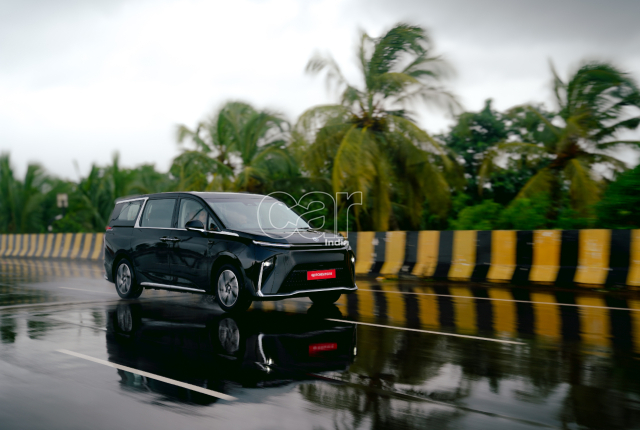
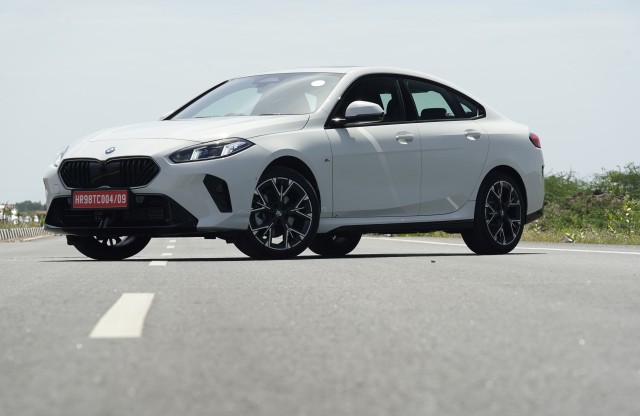
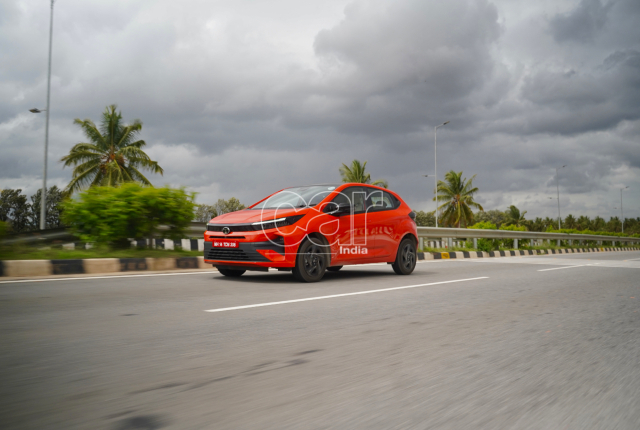
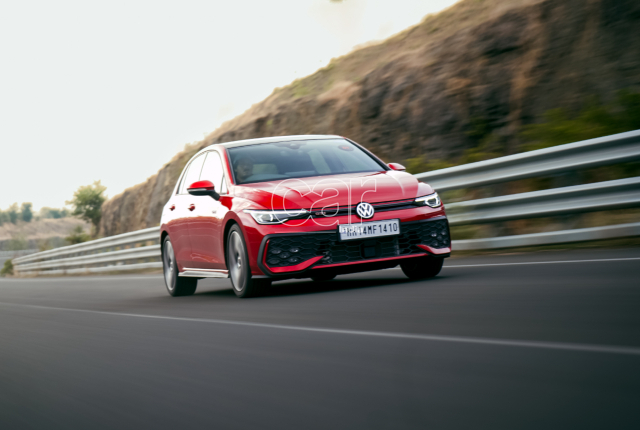
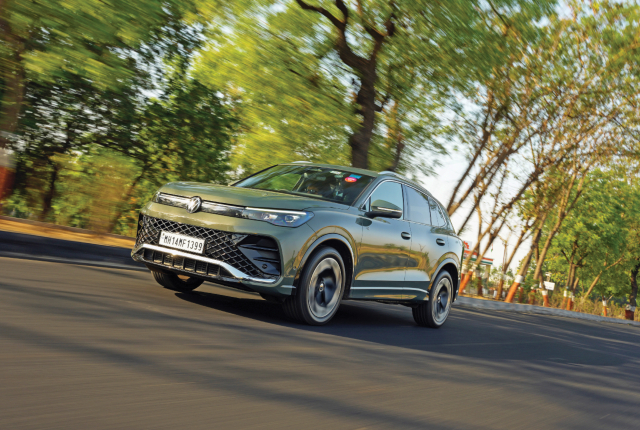
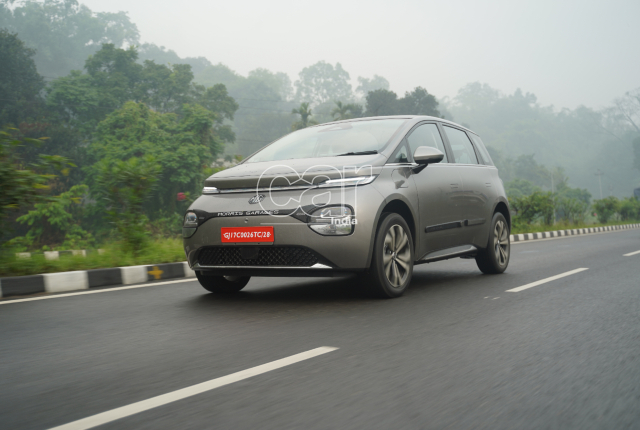



Leave a Reply